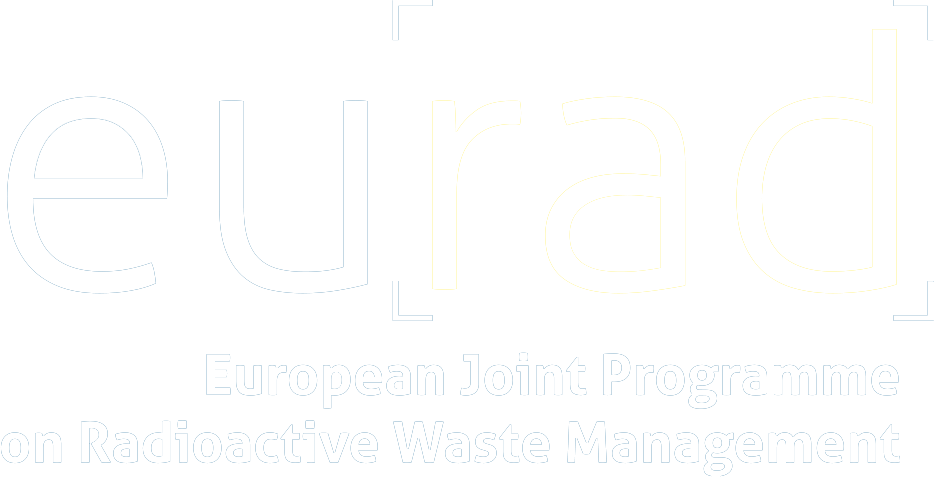Research performed by Alexis Delanoë.
In France, the high-level waste coming from the reprocessing of the spent nuclear fuel are vitrified. The resulting borosilicate glass is poured inside a carbon steel canister, and will be encapsulated in a stainless steel canister. Theses canisters would be stored in a deep geological repository, at 500 meters below the surface within a Callovo-Oxfordian claystone layer. Nevertheless, through the time, the ground water could saturate the claystone, corrode the canisters and alter the glass, which could lead to the release of radioelements. Therefore it is important to study the interactions between this three materials (glass, canister, claystone) to understand their evolution and chemical reactivity.
The goal of this thesis is to investigate two integrated experiments composed of two SON68 glass (French non radioactive glass) coupons in contact with a piece of iron, surrounded by Callovo-Oxfordian claystone, and resaturated with synthetic ground water. The duration of the experiments were 2.5 and 6.1 years, respectively. An experimental approach relying on multiscale analysis to characterized the samples from cm to nm scale (Optical Microscope, SEM, µ-Raman, ToF-SIMS, STXM, TEM), is coupled with geochemical modeling (Crunchflow software), to model the alteration of the experiment.


